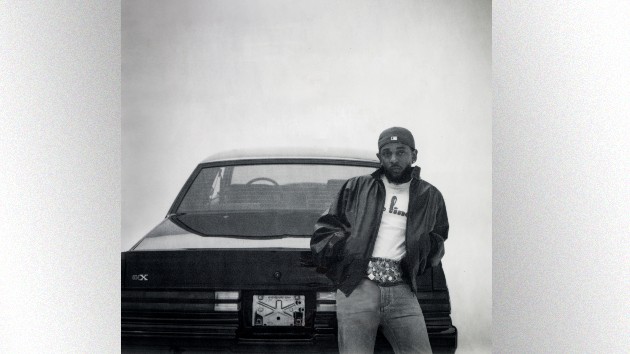Tornado destruction highlights low-income disaster preparedness challenges
Written by ABC Audio. All rights reserved. on March 29, 2023

(ROLLING FORK, Miss.) — The South was devastated by tornadoes last weekend – destroying homes, shattering families and leaving thousands to pick up the pieces of what they’ve lost. More than 20 people have died in connection with the storms, according to authorities.
Residents in Rolling Fork, Mississippi, one of the towns most devastated by the tornadoes, were first put under a tornado watch more than 2.5 hours before the first tornado touched down.
However, being prepared for a disaster at any moment’s notice can be difficult for low-income residents.
Sharkey County, home to Rolling Fork, has a 35% poverty rate, which is higher than Mississippi’s 19% poverty rate and the less than 12% U.S. poverty rate, according to the U.S. Census Bureau.
More than half of Mississippi residents have fewer than $1,000 in savings and about 38% have no savings at all, the State Treasury of Mississippi reports.
Poverty can impact someone’s access to cellphones and other technology to receive weather alerts, access and financial support to transport oneself to a shelter or to evacuate, and more.
You have to “create a culture” of ongoing preparedness, particularly in a place where “but at the same time, the economics don’t let you do that,” said Tanya Gulliver-Garcia, the director of learning and partnerships at the Center for Disaster Philanthropy,
Research from the National Center for Disaster Preparedness at Columbia University found that nearly two-thirds of American households don’t have adequate plans and supplies for a disaster.
Studies have also shown that people in poverty, with low incomes and with less education, are less prepared for disasters.
According to FEMA Administrator Deanne Criswell, cellphones have been a great tool for warning residents with emergency alerts.
However, ensuring that people of all economic backgrounds have the technology to be reached “is something that we have to – to continually look at what we can do to better inform people,” Criswell told ABC News in an interview.
“We need to really talk to these families and find out how they would have better gotten this message because we have to always work on giving people early warnings,” she told ABC News.
Especially in places like Mississippi, which experiences 30 to 100 tornadoes each year, ensuring that tornado watches and warnings are being heeded is a struggle within itself, according to ABC News’ meteorologist Ginger Zee.
Gulliver-Garcia also found that access to transportation plays a big role before and after a disaster.
The closest rated tornado shelter from Rolling Fork is 17 miles west in Mayersville.
“A number of people didn’t have cars or cars that were properly working and then they got destroyed,” said Gulliver-Garcia. “Because they’re small towns, they also don’t have a public transit system. Even the ability to access any kind of support – to go to a disaster recovery center, get to a shelter, to a feeding program – those are all challenges.”
Living paycheck-to-paycheck makes it harder to save and be prepared for a tragedy — and it also hinders recovery, .
“Your home is destroyed and the place where you lived is no longer accessible to you … And then if you are working paycheck-to-paycheck or you’re working a job that was destroyed – If you’re not allowed back in the community right away, you’re not even getting that paycheck-to-paycheck anymore. That’s gone as well,” Gulliver-Garcia said.
With thousands in likely home repair and recovery costs, rebuilding can snowball into compounding debt.
“In some of these communities, they are certainly some of the poorest communities in the state,” Criswell said. “And we know that we’re going to have to bring the full force of the federal family in there to come help them.”
Copyright © 2023, ABC Audio. All rights reserved.






